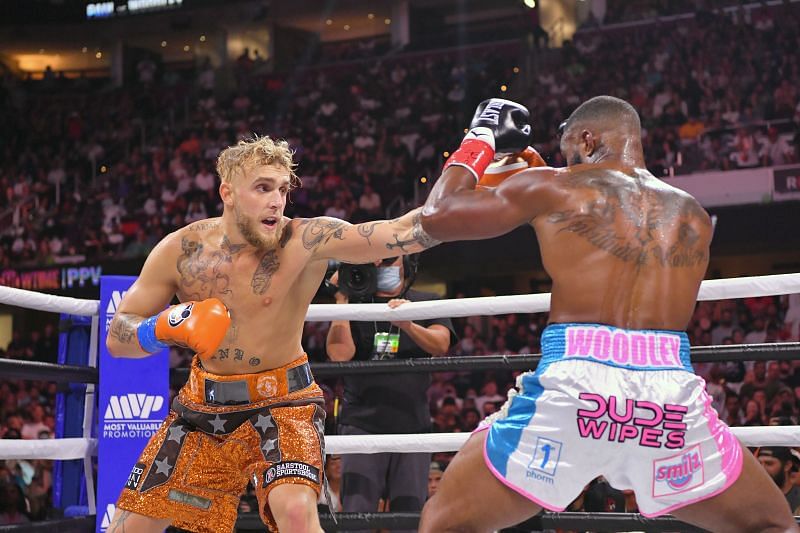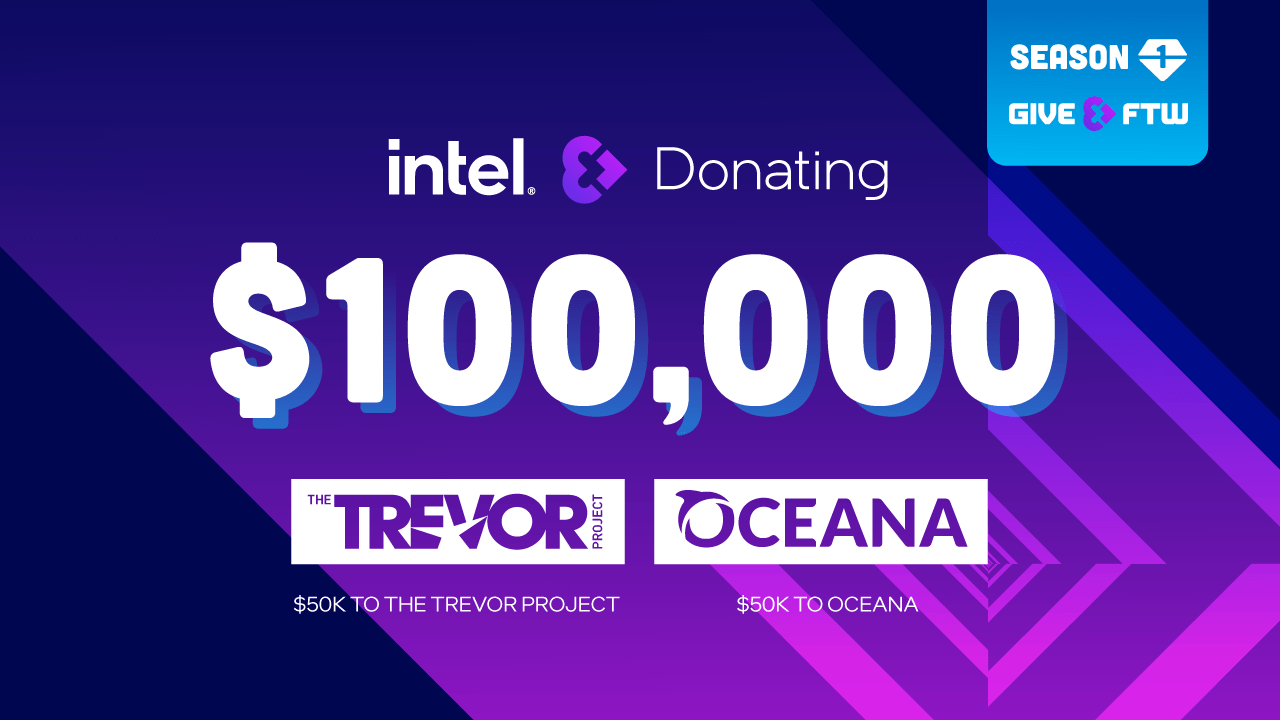During a recent bedroom styling consultation with bedding and homewares brand Parachute, remote stylist manager Mindy King asked me where I stand regarding down versus down alternative for duvet fills, and I froze. The session—a complimentary service the brand offers to help customers design (or redesign) their spaces—was intended for us to pick out bedding (colors and fabrics) for my new space. And while we did discuss that, once we got to the topic of duvet, I couldn’t help but pick her brain. Because, well, I had no idea what my needs and wants were.
As is the case with most choices in the home-decor space, there’s no right or wrong choice regarding down versus alternative down duvet fill, but there are some key considerations a person should make to ensure they’re selecting the best choice for their specific lifestyle.
Down versus down alternative duvet fills: What are the real differences?
The material
Down comes from ducks and geese; it’s the layer beneath their feathers that serves as their personal insulation. And, who might be interested in sleeping under said insulation? “Down is perfect for someone looking for a lush, warm sleep experience,” King says, adding that for those who want that full, hotel-bed look, it’s is a great choice.
Down alternative, by contrast, is made from a range of synthetic materials including cotton, rayon, and polyester, among other fabrics. While it is possible to buy down products certified as ethical by a number of nonprofit groups, it’s worth noting that down is not vegan, so if you lead an animal byproduct-free life, down alternative is likely the best choice for you.
The allergen factor
There’s also a health component to consider when choosing a down versus down alternative duvet. “For those who experience year-round or chronic allergies, down duvets and comforters may not be the best fit for a great night’s sleep,” says allergist Neeta Ogden, MD. “People who have chronic year-round allergy symptoms should start thinking that indoor triggers to which they have constant exposure are potential triggers. This includes down, which is composed of feathers to which people can be allergic, but it can also harbor dust-mite and mold spores and animal dander to which people also have chronic allergies.”
While Dr. Ogden typically only suggests folks use down alternative duvets because of the allergen factor that down may present, she also notes that down alternative isn’t automatically maintenance-free when it comes to preserving health. Since any fibers—including down alternative—can harbor common allergens like mold spores, animal dander, and dust mites, it’s important to wash your duvet cover or comforter one to two times a month if you are experiencing symptoms (less often if you are not), Dr. Ogden says.
The durability
Upkeep for down and down alternative duvets aren’t identical. “Bringing a real goose down duvet to the dry cleaner’s will always be the safest option, but you can often wash it at home if you use gentle detergent like Woolite, a gentle cycle followed by an extra spin cycle to remove as much water as possible, and finally a lengthy dry in a warm dryer with a bunch of tennis or dryer balls to fluff the feathers,” says cleaning expert Melissa Homer, chief cleaning officer at MaidPro. “Down alternative duvets are a breeze to care for by comparison, as they are very commonly washer- and dryer-friendly and dry faster than their feathery counterparts.”
That said, Homer says from a cleaning and maintenance perspective, either option can be great, so long as you find a quality product to start with. “There are amazing down and down alternative duvets out there that will last you decades, but there is also a lot of junk that will pop seams in a year, so shop with scrutiny and read the reviews,” she says. With that in mind, keep reading for the best duvet options to buy—no matter whether you’re in the down or down-alternative camp.
Down versus down alternative: The best options for each category to try
3 down duvet inserts

Parachute Down Duvet Insert — $249.00
Both Parachute’s down alternative and down duvets are made with baffle-box construction—which means a strip of fabric separates the top and bottom fabric layers to keep the fill optimally fluffy and evenly distributed. “That’s key to keeping you comfy throughout your slumber and your bedscape looking beautiful,” says King.
The premium European feathers in the down duvet is covered with a sleek, sateen cotton shell for a cool-but-cozy sleeping experience.
6 down alternative duvet inserts

Buffy Cloud — $116.00
Buffy Cloud isn’t only an ethically sourced down alternative duvet fill, it’s also sustainable. Each duvet, features a eucalyptus-fiber shell, is made with 100-percent recycled fibers, featuring about 50 recycled plastic bottles. It’s also functional, with loops in every corner to make duvet-cover attachment a cinch.

Casper Down Alternative Duvet — $161.00
Casper’s down alternative duvet is made with a sustainable and breathable Tencel-fiber shell aimed to protect from overheating without skimping on any coziness factor, thanks in part to its sewn-in chambers to keep the fill evenly distributed. The polyester fill is made from recycled water bottles but is designed to feel like down (and not, well, water bottles). It’s also conveniently machine-washable.
Our editors independently select these products. Making a purchase through our links may earn Well+Good a commission.
Source link






























